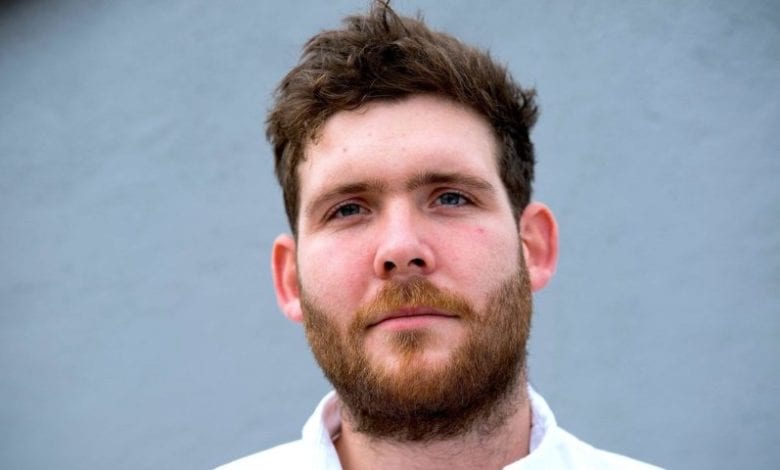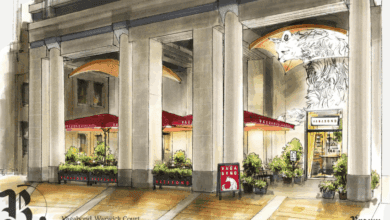Top drinks trends in 2018

There’s no doubt about it, Britain loves a drink. In 2017, the UK alcohol industry made over £40bn, and 53% of this (a whopping £21bn), came solely from the sale of wines and spirits. Our wine market is the sixth largest on the planet and wines and spirits support over 500,000 jobs in the UK, making it absolutely vital for businesses to tap into the key drink trends if they want to survive, maximise their growth and remain consumer favourites.







